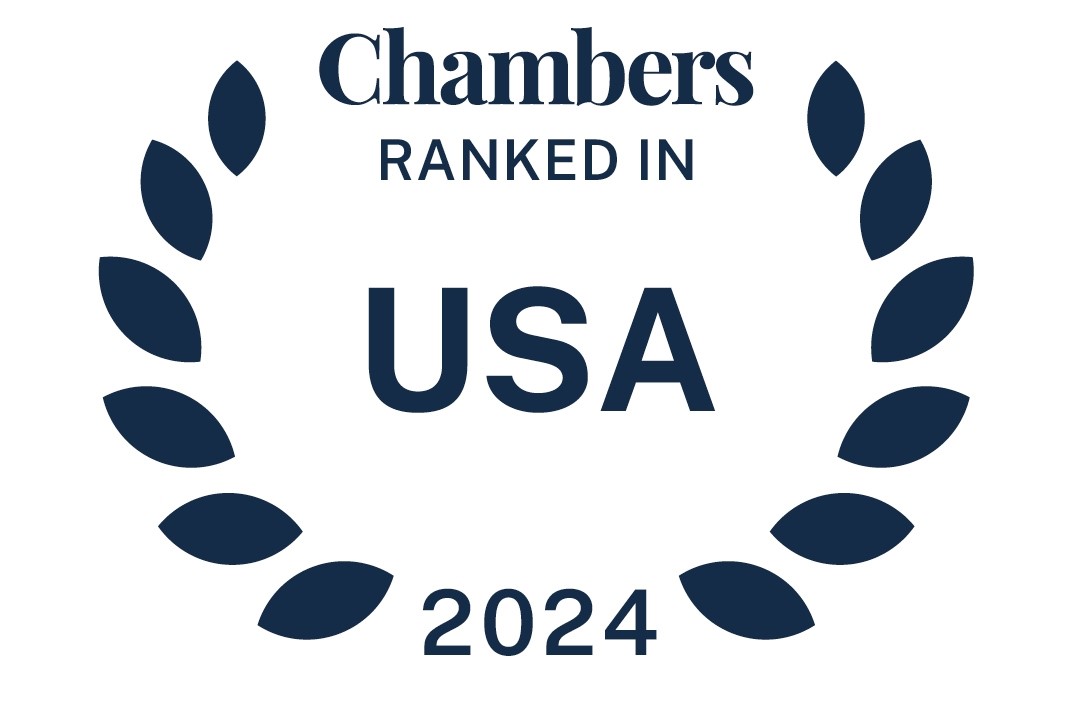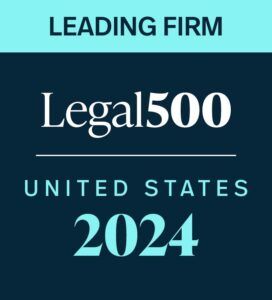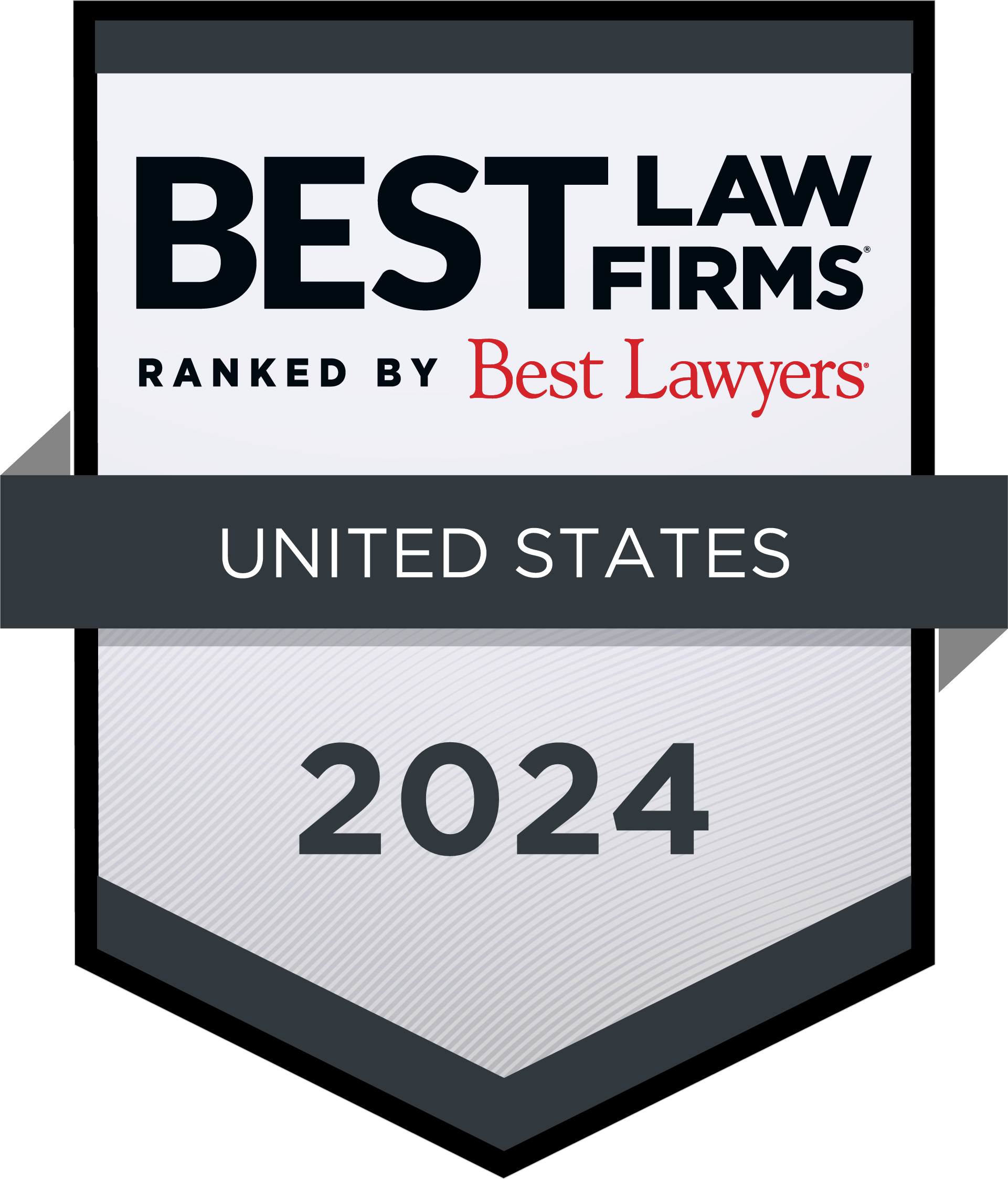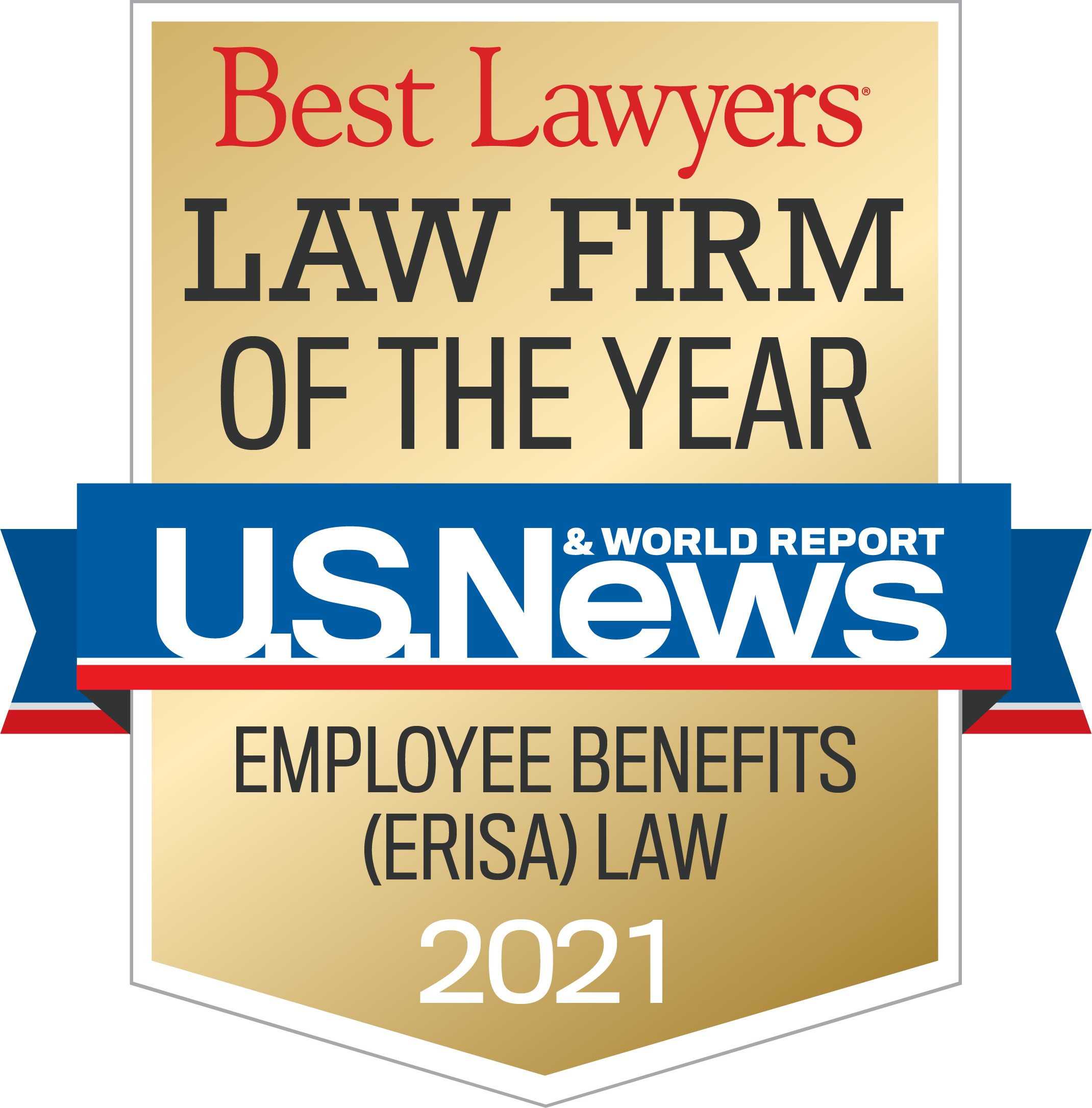Over the past several years, the IRS and DOL have significantly increased the number of benefit plans audits conducted each year.
As a result, it is important for plan sponsors to understand the types of issues that often arise in connection with such audits. At the recent PSCA 2019 National Conference, Brian Tiemann explained what plan sponsors should expect if their benefit plan is selected for audited. More specifically, Brian discussed the ways audits are typically triggered and how to respond when a plan is audited. In addition, Brian outlined some of the most common retirement and health and welfare compliance issues identified in plan audits. He also discussed how plan sponsors can prepare for audits and even address potential compliance issues before they occur.
read more


 Subscribe
Subscribe




